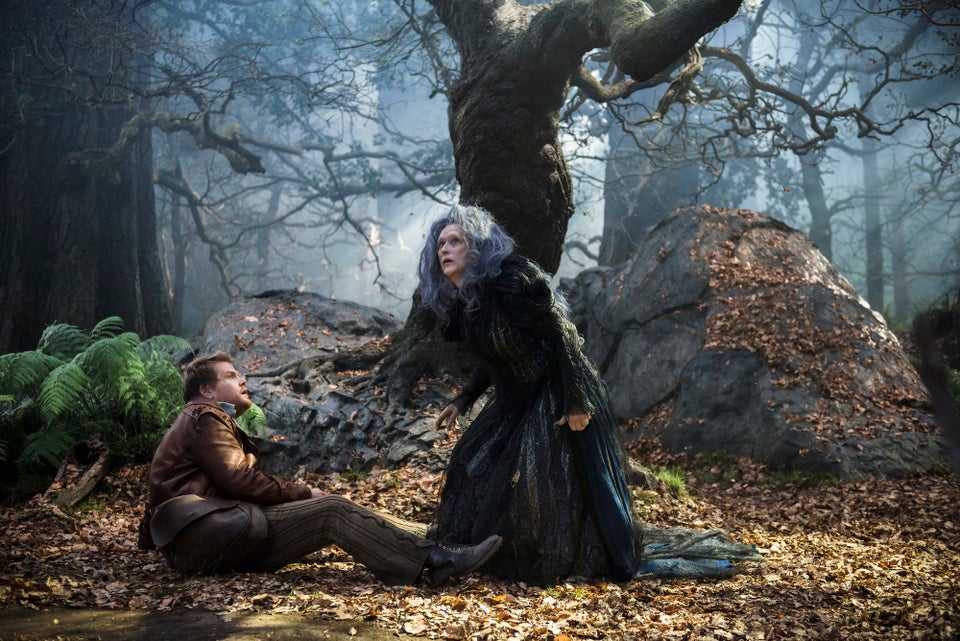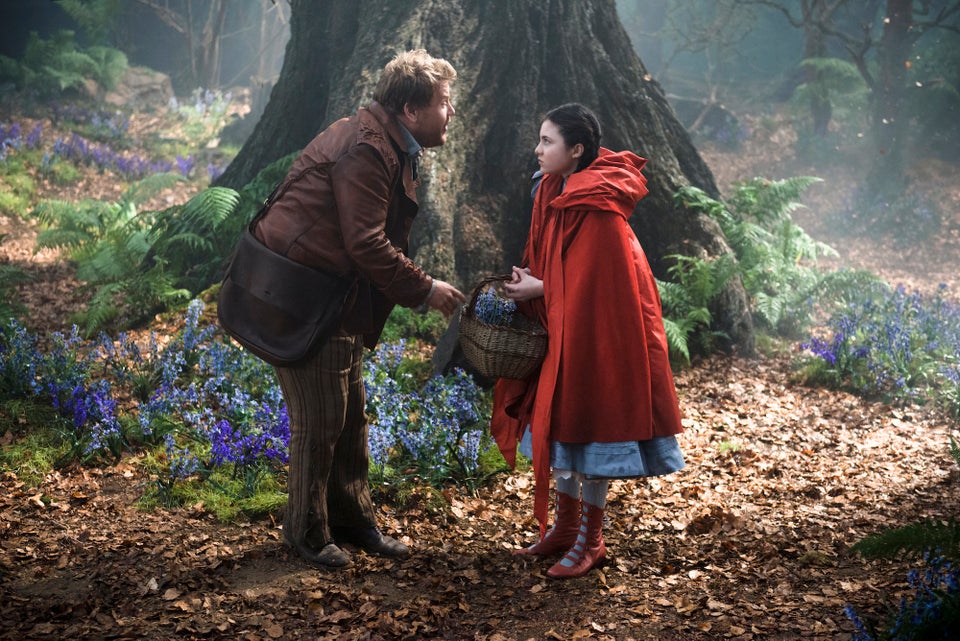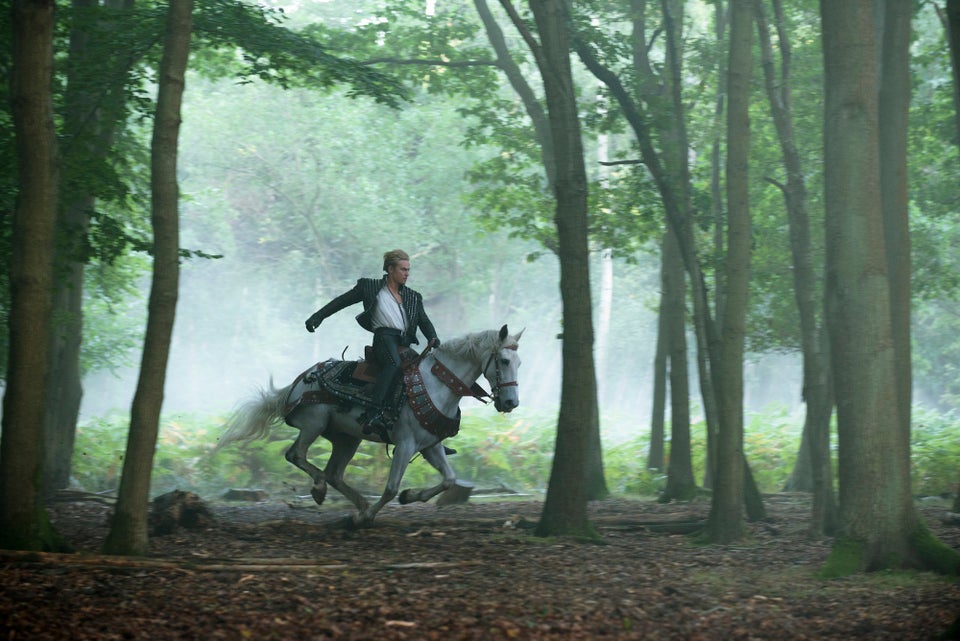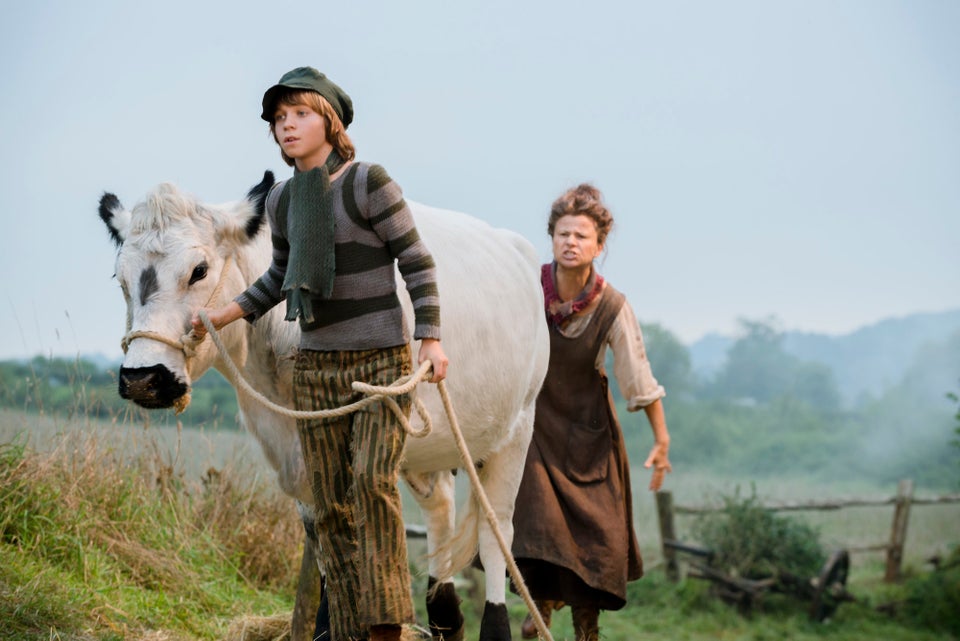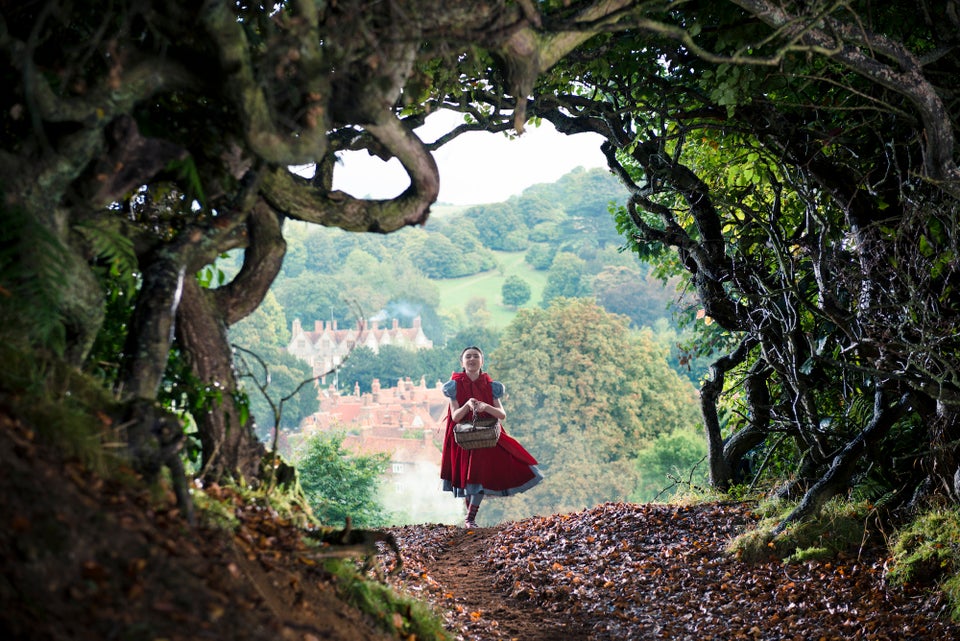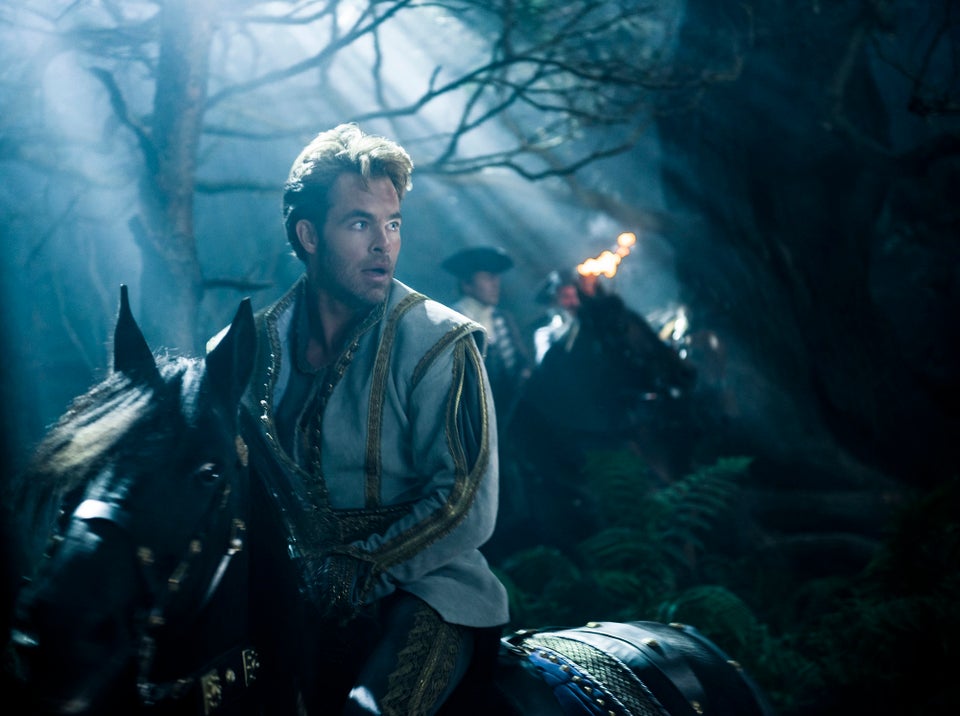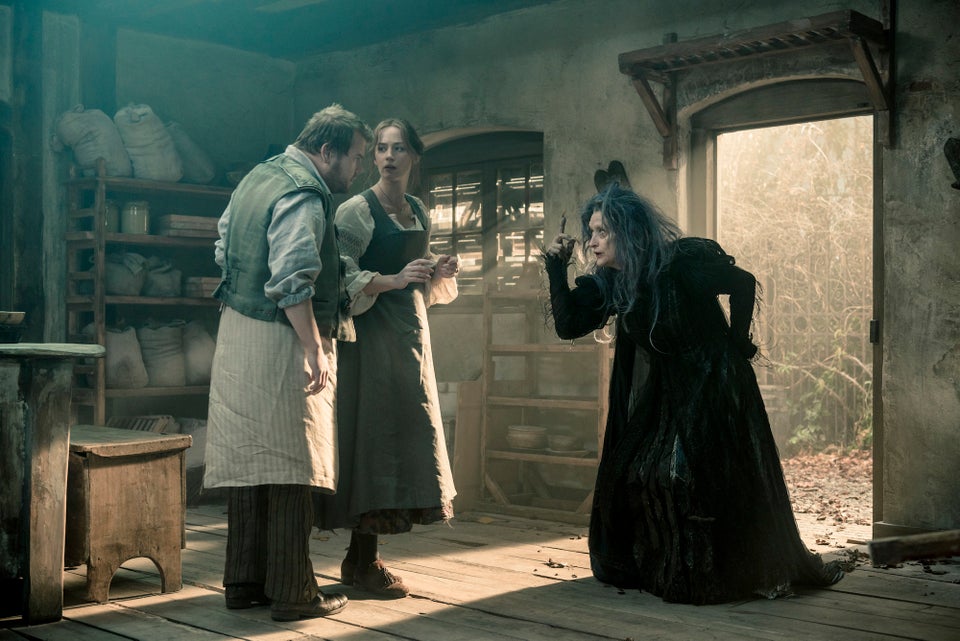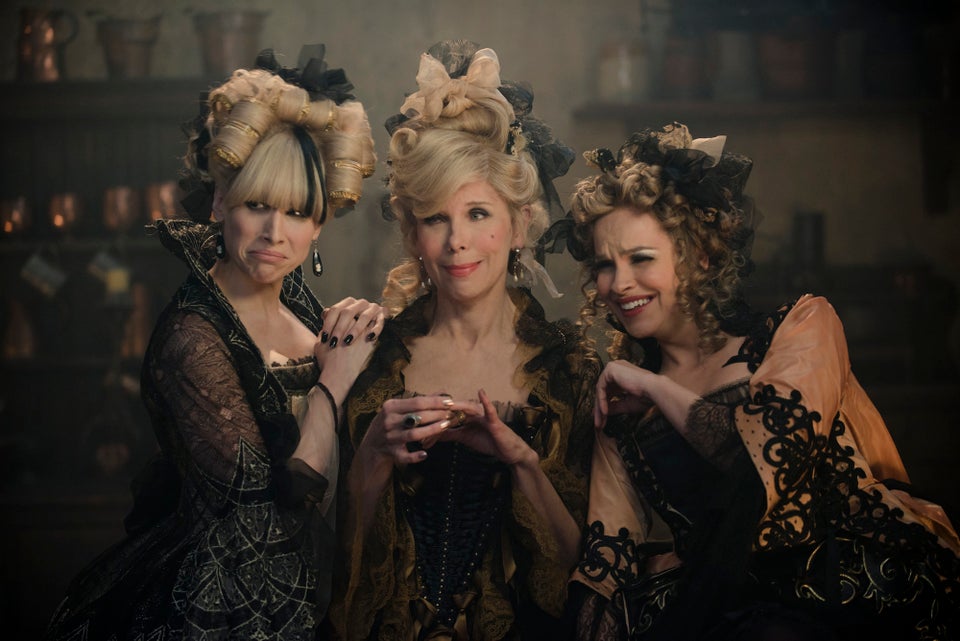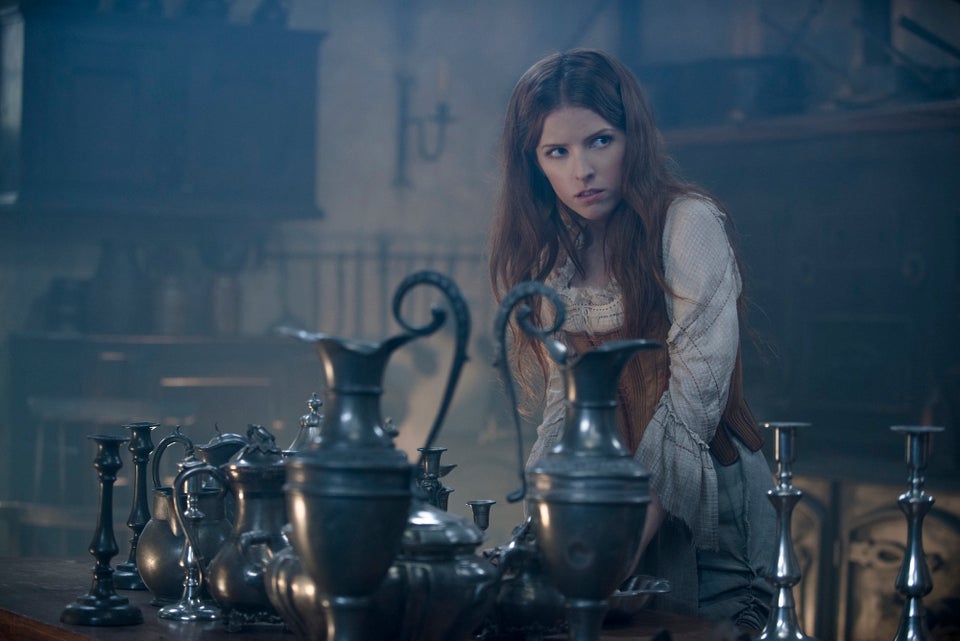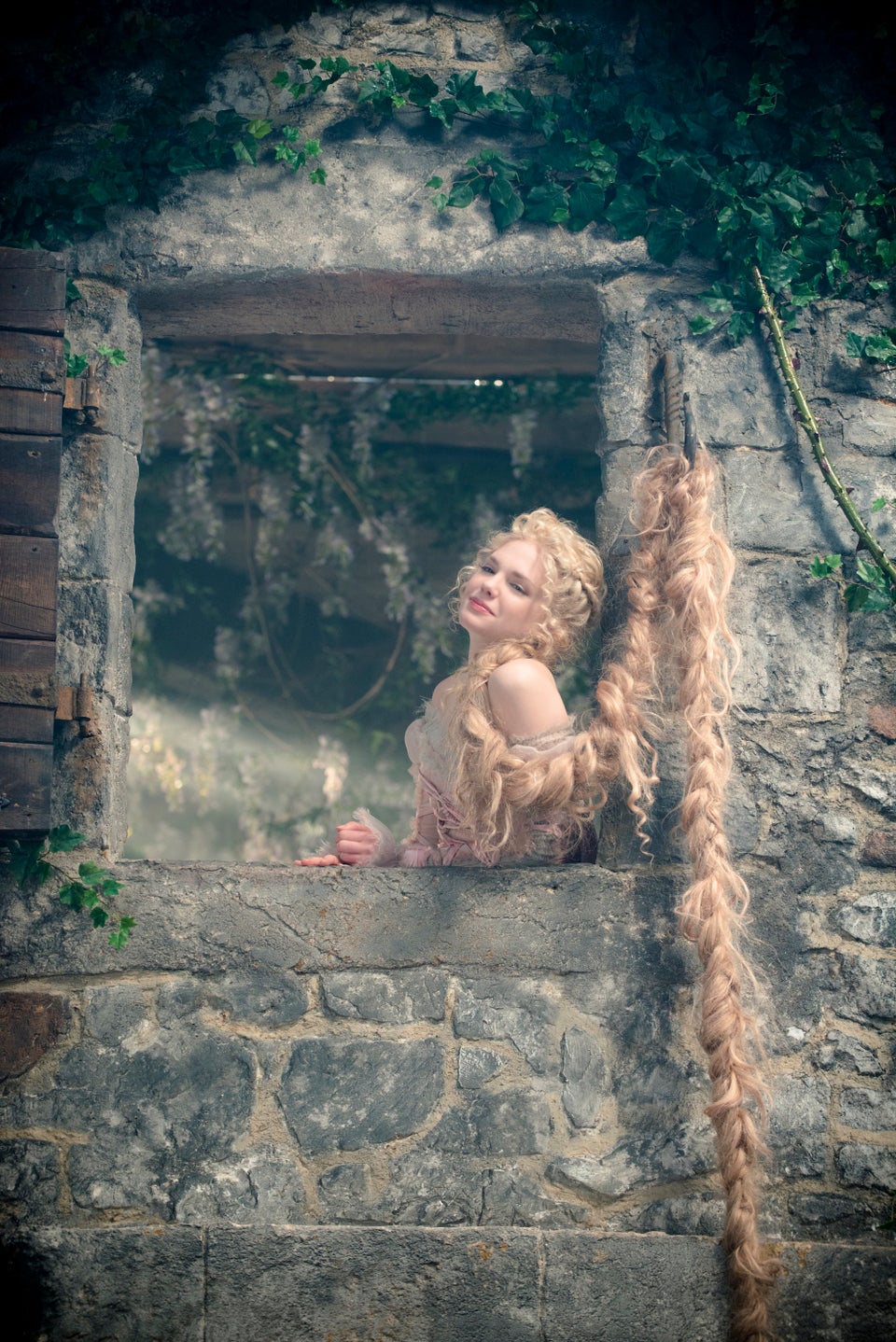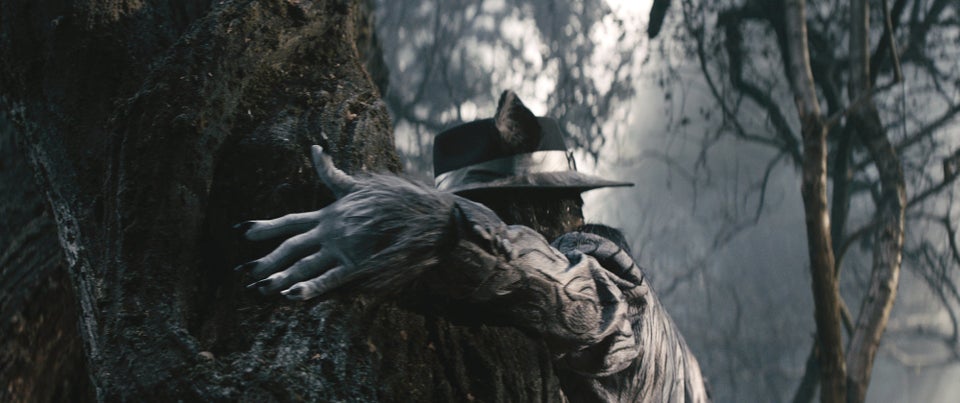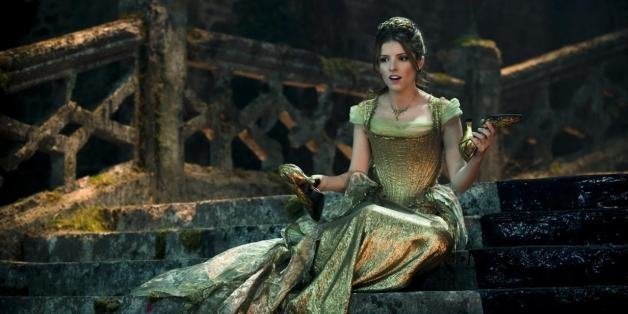
The last year has proved to be very progressive for Disney princesses. With their microscopic waistlines, hyper-sexualized royal attire and suffocating romantic plot lines, it seemed even the strongest female characters in the canon existed mostly to be saved by a man with a crown. Then along came 2013's "Frozen" and this year's "Maleficent," two films that rejected the fantasy of "true love's kiss" and the idea of salvation-via-prince that it contains. The Cinderella played by Anna Kendrick in Disney's forthcoming "Into the Woods" adaptation marks a third iteration of this self-saving princess. Although, in many ways, she was the pioneer of this movement that we've finally come to see on screen.
Not that Disney can take full credit here. The character Kendrick plays in Rob Marshall's "Into the Woods" was created for the initial stage production in 1987, with music and lyrics by Stephen Sondheim and book by James Lapine. With the premiere of their twisted fairy-tale mashup, Sondheim and Lapine worked with a version of Cinderella who spends three nights at a festival, fleeing back to her abusive home and evil step-family each night.
That idea of a Cinderella wracked with indecision comes from the 19th century Brothers Grimm story of Aschenputtel, which is also not an original inspiration for the character. It is suggested that the earliest version of the Cinderella archetype is found in the ancient story of Rhodopis, a Greek woman, who marries the king of Egypt after she is kidnapped and brought there as a slave. A tale more closely resembling our widely popularized modern version was published in 1637, following author Giambattista Basile's death. His Pentamerone features the story of Cenerentola, including the evil step-family and missing shoe. But it wasn't until Charles Perrault's Cendrillon, in 1697, that the glass slipper, pumpkin and fairy godmother were introduced.
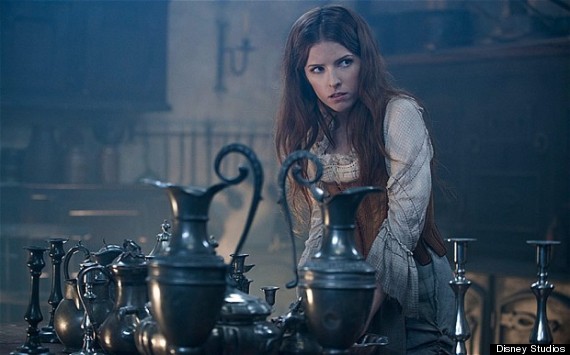
Only the Grimm story plays with the idea of uncertainty by incorporating a three-night fair. Rather than the protagonist's gown disappearing (as we've come to associate with the Rodgers & Hammerstein and Disney classics), Aschenputtel questions whether life with the prince is what she wants. While she finds her way to royal bliss by the end of the story, the idea of salvation through marital manifestation of "happily ever after" is still debated. Why would she hesitate if marrying royalty truly solved all her problems?
What "Into the Woods" does is take a critical look at what might happen after Aschenputtel is paired with the prince. Once she becomes a princess, the Cinderella of "Into the Woods" realizes that royal life is "not quite what she expected." Her feminist undertones come from jumping out of the safety net that is the royal palace (and, in the film, Chris Pine's princely handsomeness) and choosing to pursue emotional fulfillment, even though it's an unknown.
While Sondheim and Lapine are responsible for solidifying the value of independence, the groundwork for that post-happily-ever after reality was laid by the Brothers Grimm story. The damsel-in-distress paradigm is directly challenged by Aschenputtel's willingness to return to her stepmother. As Marshall told HuffPost Entertainment, "It's very sophisticated in a way, because she goes back to an abusive home, which is very real."
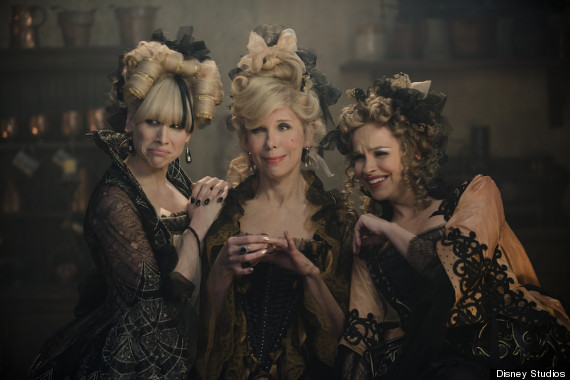
Christine Baranski, who plays Cinderella's evil stepmother in the film, put quite a bit of thought into crafting the character. One of the most challenging aspects of conceiving her part with Marshall was figuring out a cause for the stepmother's abusive behavior. "We decided it is a cruelty that is not an active kind of sadism towards Cinderella," Baranski said. "It's a cruelty that comes from self-involvement."
It was important to Marshall and Baranski to set up a believable atmosphere of domestic abuse, because that makes Cinderella's ultimate choice to leave the prince all the more stunning in a fairy tale setting. "I think that what’s so brave about her is that she comes from neglect and she finds herself in a situation that people would kill for and she still says, 'I choose the unknown,'” Kendrick explained. "She sets off in the hope that she finds something authentic, because she knows what she has is not going to work for her."
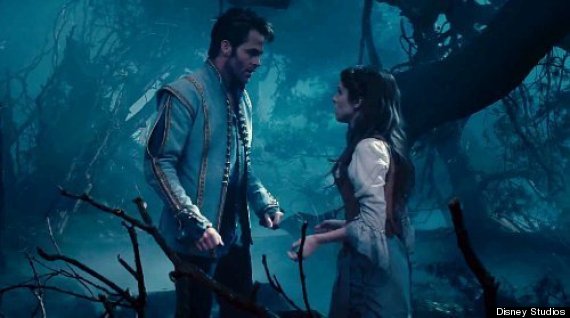
Pop culture has had its fair share of Cinderellas over the years. Working from the Perrault framework, the young woman who earns her path to salvation by way of dutiful cleaning and mice friendship is quite possibly the most anti-feminist princess story that has spawned itself from antique fairy tales. That's what makes the Sondheim-Lapine re-working of Aschenputtel so powerful -- it retrospectively contradicts the necessity of the prince as savior.
"It's interesting that even in the Brothers Grimm story she is not sure what she wants." Kendrick said. "So Sondheim and Lapine took that a little bit further in showing that after they get married things don’t work out ... I think it's so cool that they wrote her like that back in 1987."
Twenty-seven years later, this rejection of happily-ever-after played up by Disney alongside "Frozen" and "Maleficent" is a step in the right direction (despite the fact it took until 2014 to figure out that women are capable of saving themselves).
"I love children understanding that it’s okay to dream but, you know, if you don’t get the castle and the prince it’s okay too," Marshall said of the way his version Cinderella fits into the trend. "Maybe you’re meant for some more real life, more true life. I like that 'Into the Woods' explores that and lets children know that’s a wonderful beautiful life too."
"Into the Woods" is out in wide release Dec. 25.
Before You Go
